Ricardo Santos Computer Engineer/MBA in IT Businesses
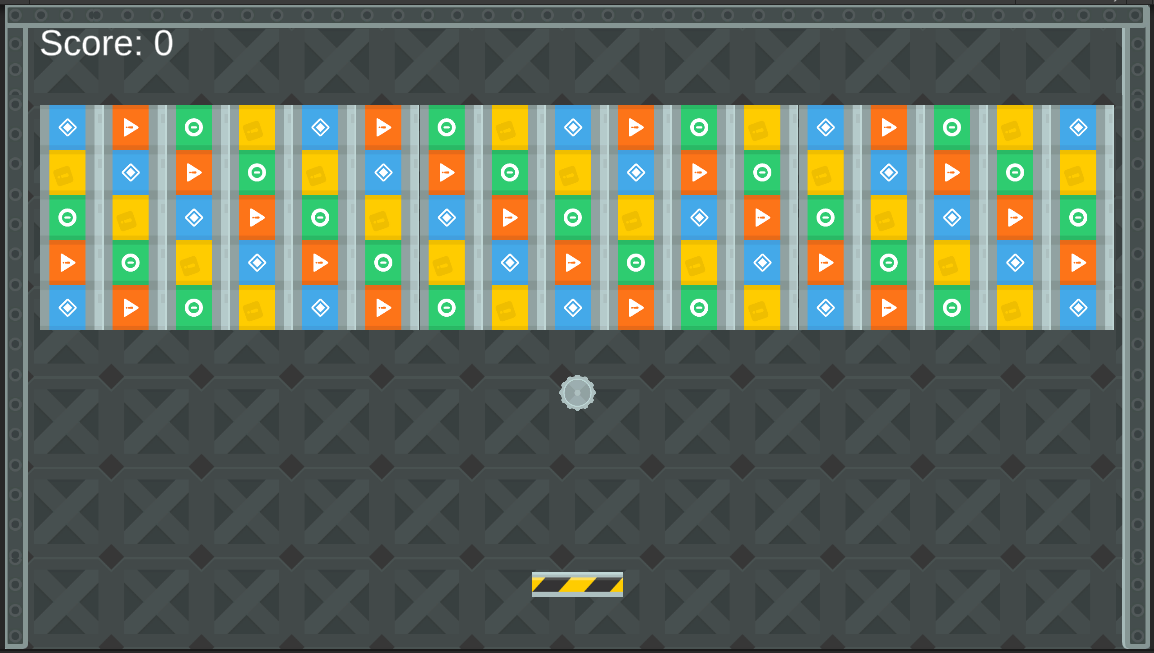
Block reaker
Developed as part of an on-line tutorial for teaching the basics of animation with interpolation.
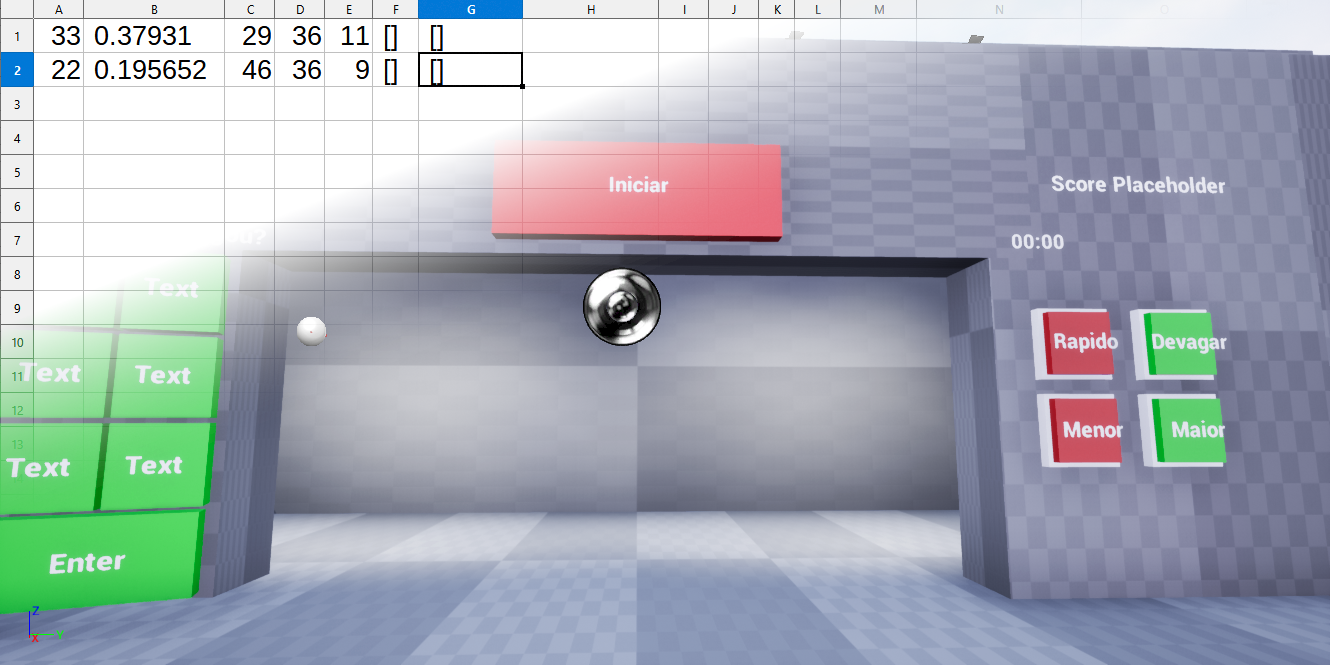
Shooting Range
This project was developed to measure the response time of a VR against a desktop application and records in a spreadsheet the relevant metrics.
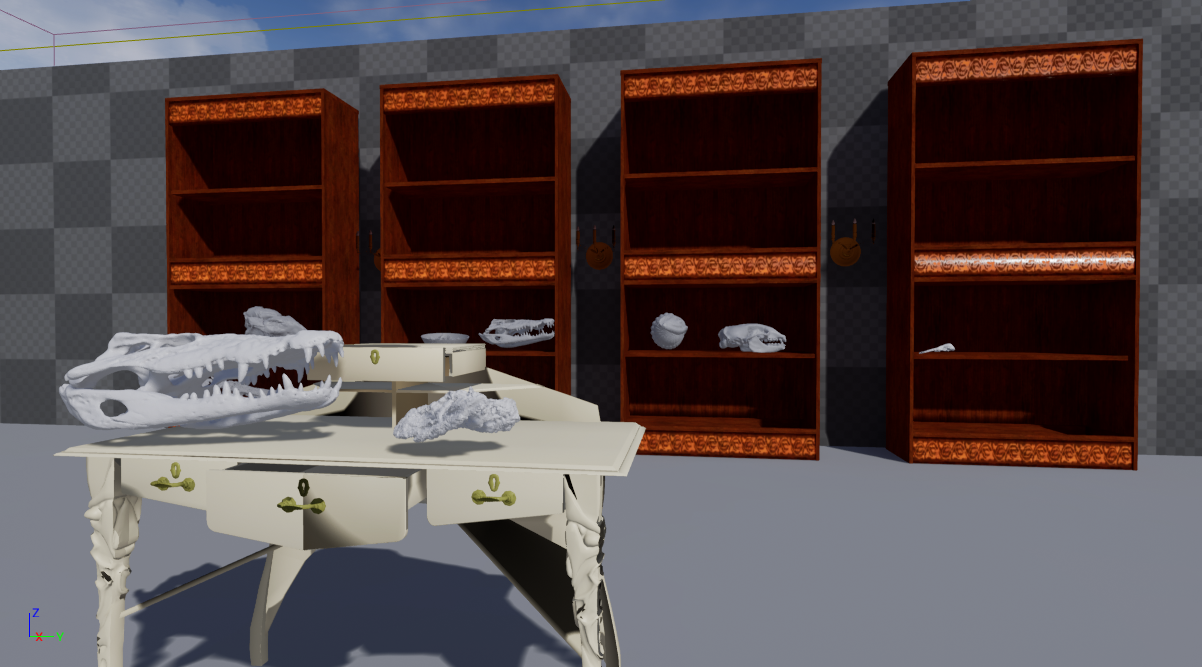
Paleo VR
Virtual reality project developed to enable the manipulation of fossil samples remotely by paleontologists using high fidelity MRI files as game assets.
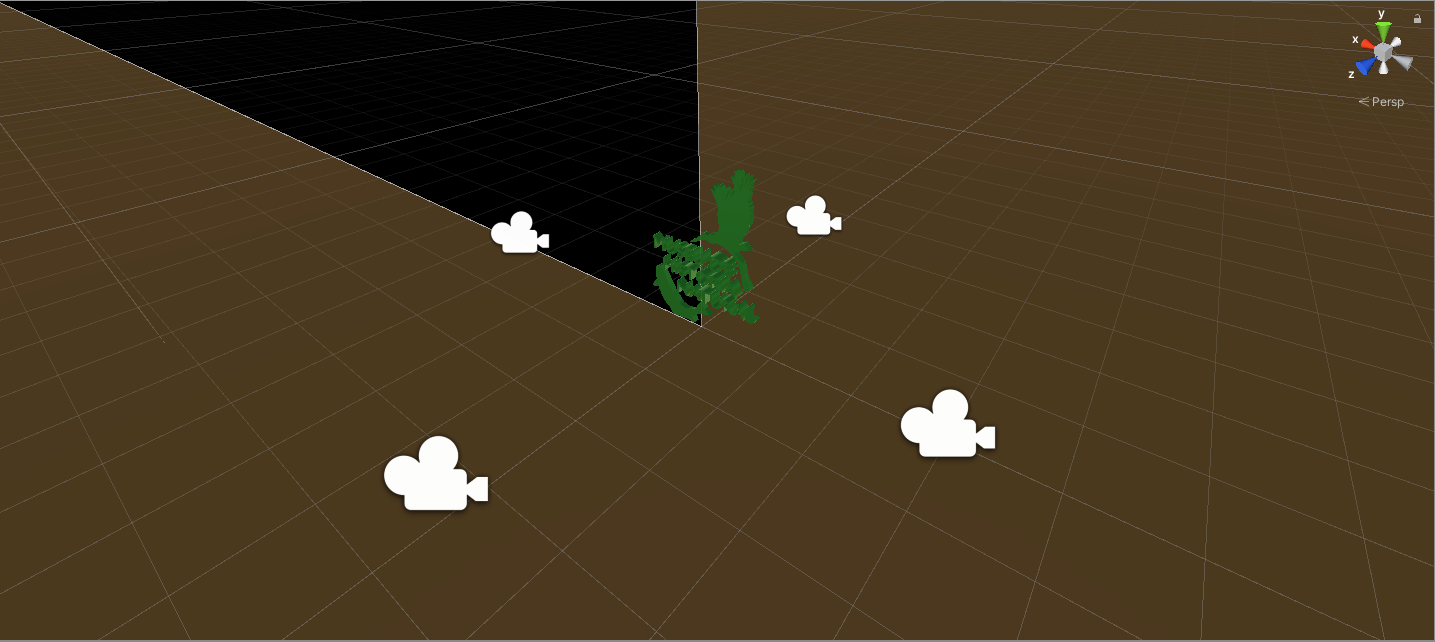
4 Sided Hologram
Project developed aiming the creation of o low cost device to allow for multiple simultaneous visualization of the same virtual scene.
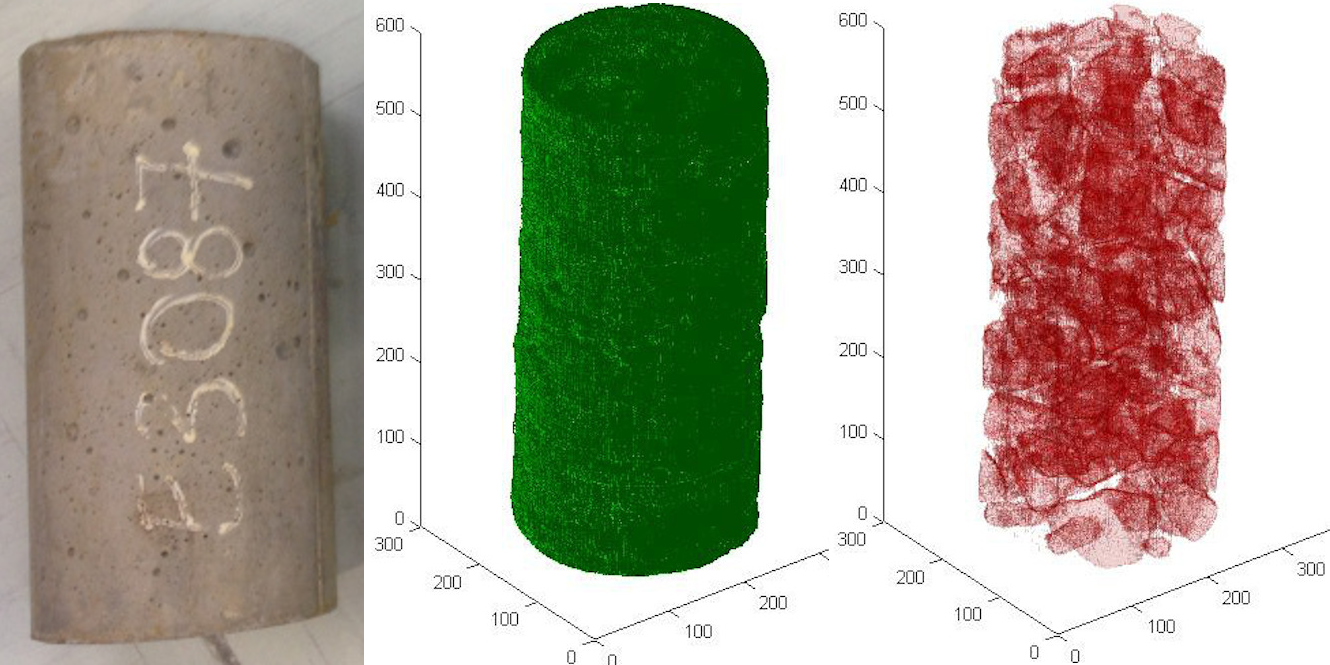
Tomoconc GPU Processing
Project developed in order to allow for the analysis of concrete samples taken from hydroelectric power plants, using C++ GPU parallel computing and MATLAB.
About
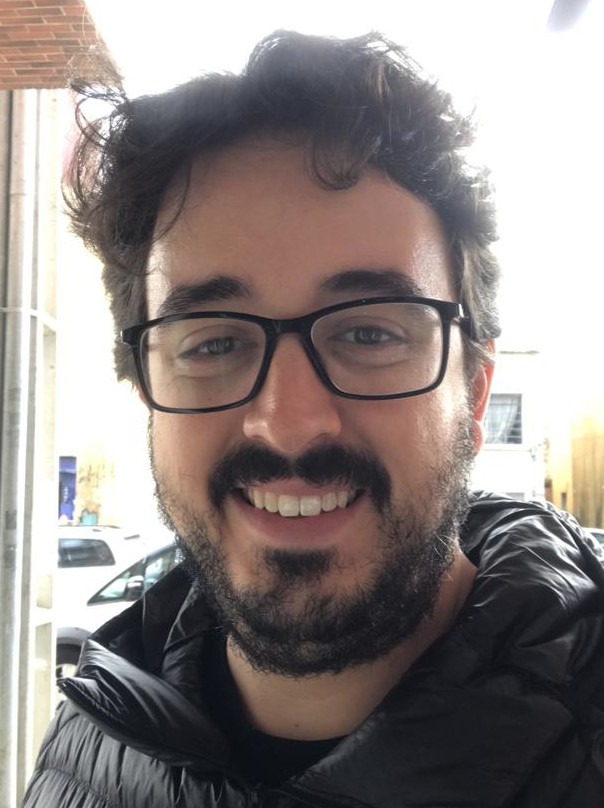
I am a Brazilian based Computer Engineer with an MBA for IT Businesses and a Masters Degree in Numerical Methods. Passionate about games and technologies behind them. Unity and Unreal Engine developer.
Block Breaker

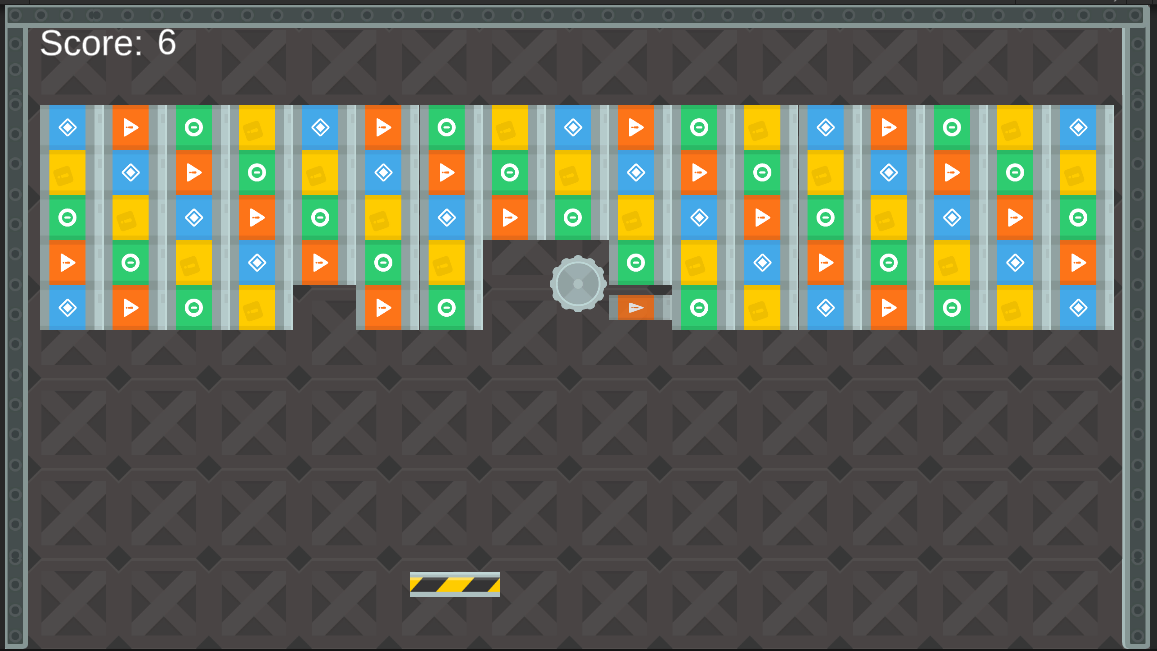
Example Unity 2D project developed for on-line tutorial
This project was developed as part of an online article for teaching users how to use the LeanTween interpolation library, along with more advances concepts, such as interpolation curves and notions of resource allocation.
This game of a Breakout clone, with free assets provided by kenney.nl and animated through Unity physics engine and the LeanTween interpolation library. The script is available through both the tutorial and the git repository linked below.
Shooting Range
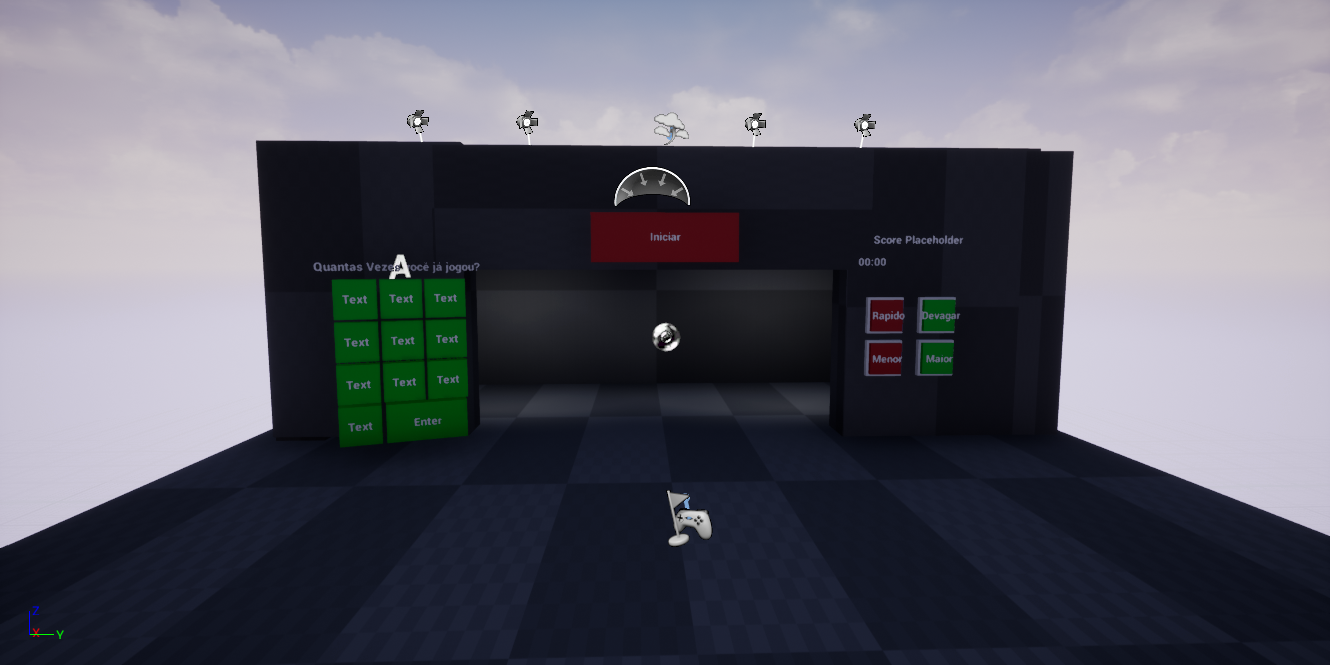
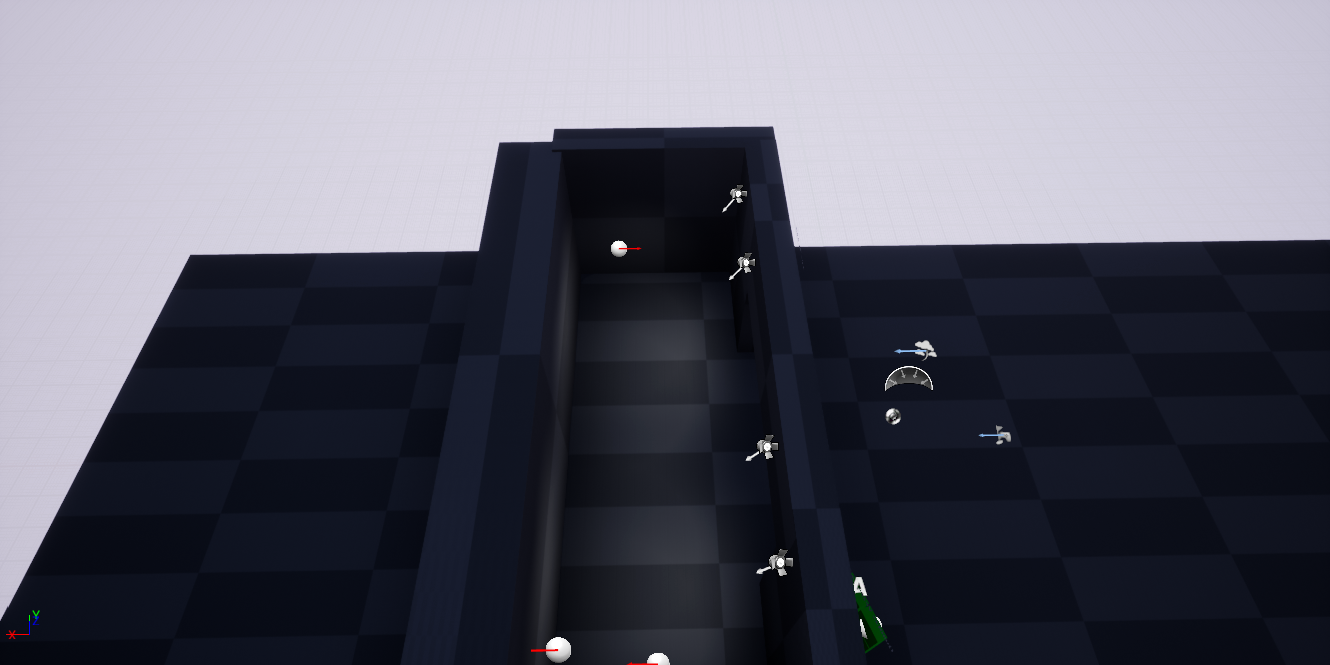
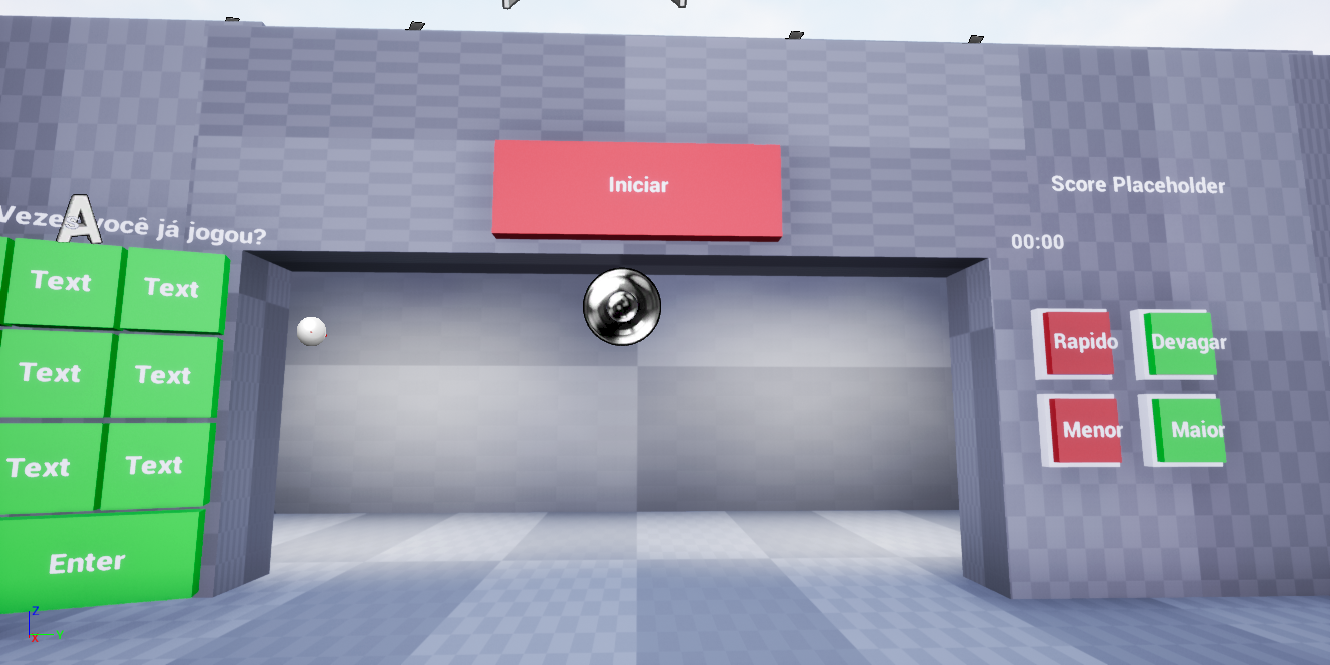
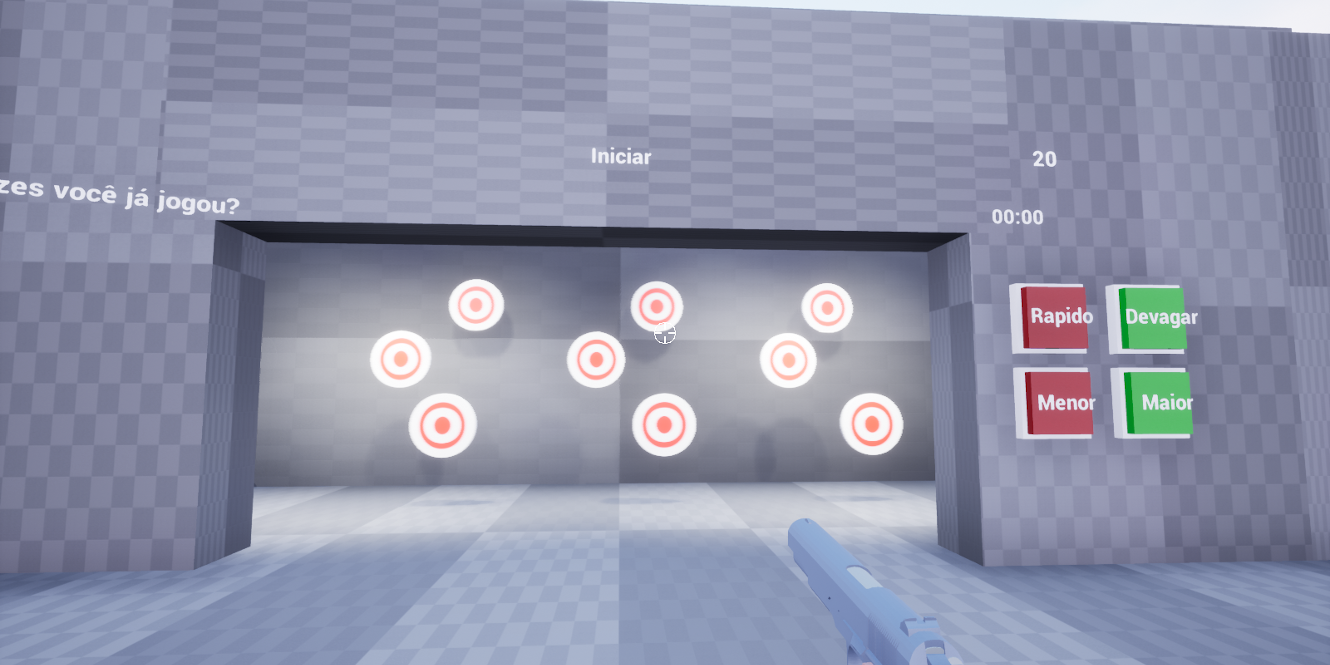
VR and Desktop project developed in Unreal Engine 4 with Blueprint and C++ modules.
The main objective of this project was to assess if it was easier for a player to use a virtual reality or a desktop game.
This game mimics a carnival-like shooting range, in which the players have a handgun and targets float in a shooting stand in front of them. The shooting stand had controls for the size of the targets and for controlling the size of the spawned targets.
Each player was awarded a score based on:
- The size of the targets. The smaller the target, the more points it counted;
- The speed of the targets. The faster the target, the more points it counted.
In order to generate the relevant data for this analysis, a C++ module was created to measure metrics such as accuracy, time between hits, shots fired and how the target's size and speed progressed during gameplay.
PaleoVR
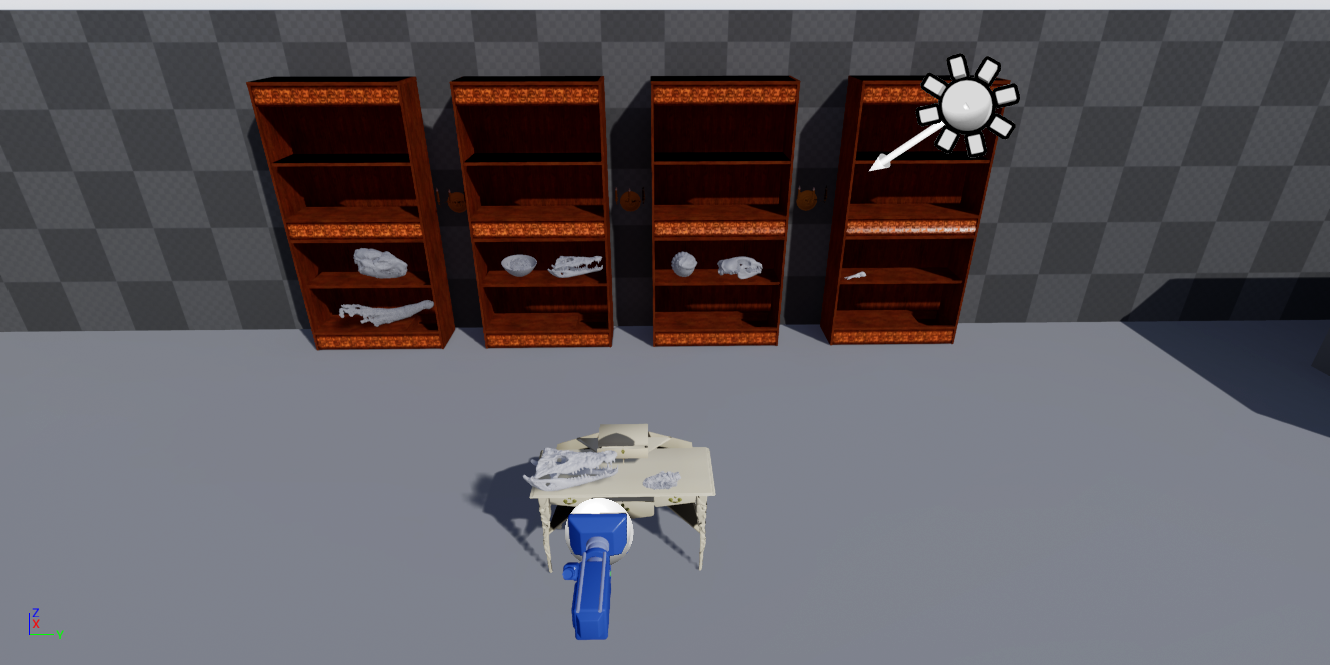
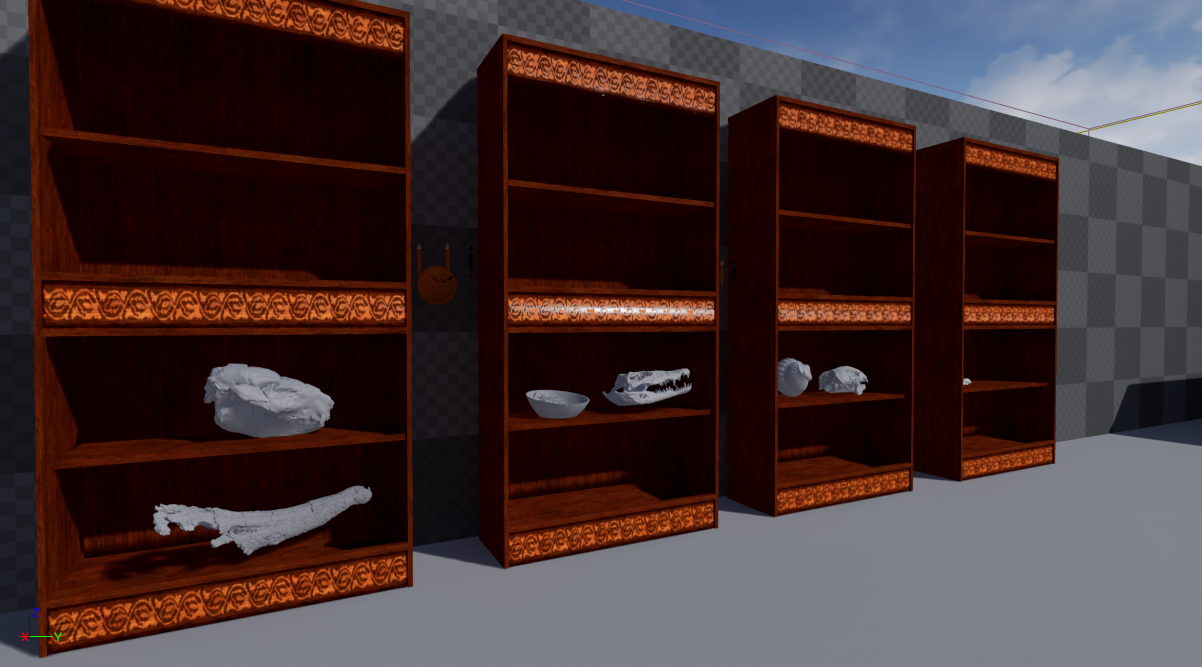
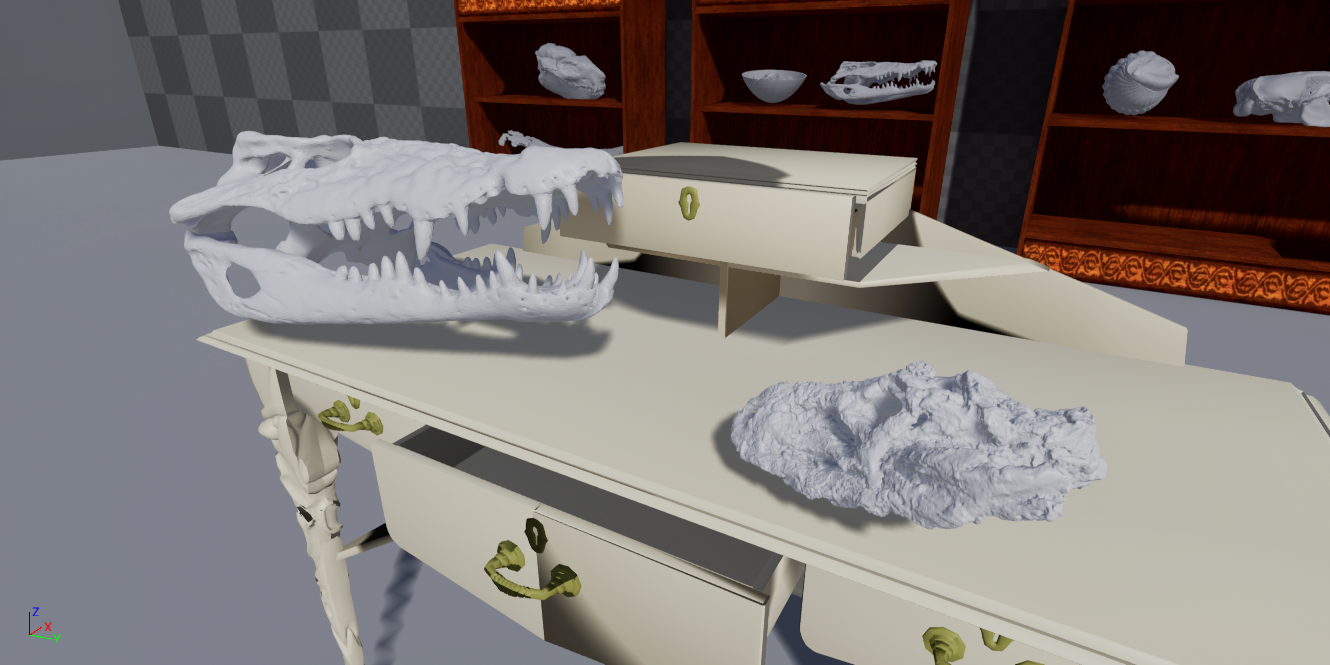
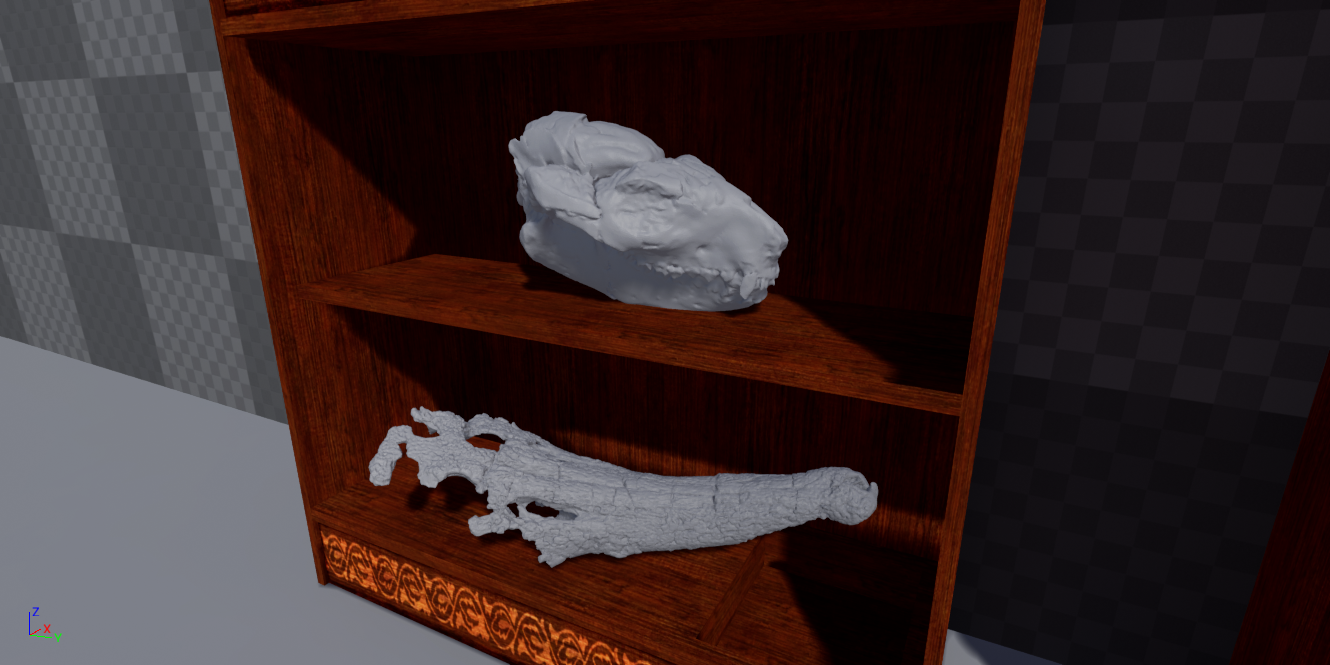
VR project developed in Unreal Engine 4 with Blueprints.
This project was created with the intention of making fossil samples available for a broader audience, may it be paleontologists or public in general.
This platform was developed in order to use high fidelity fossil assets created from 3D models acquired from MRI machines, in order to allow for scientific inspection of the samples. These assets were created by both the team and retrieved from scientific repositories on the internet.
4 Sided Hologram

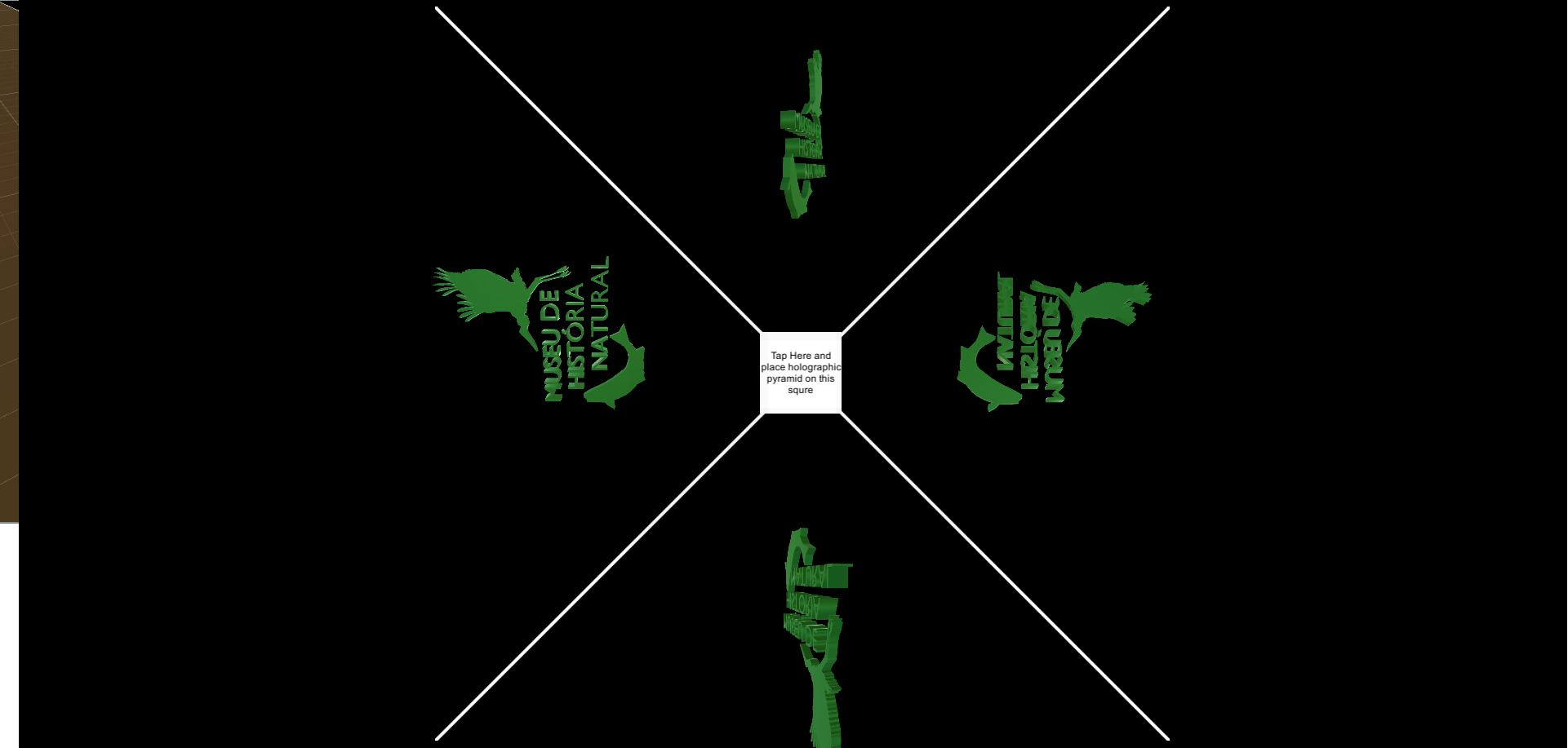
Project developed in Unity.
A concept test project created to demonstrate the viability of creating a different type of visualization method, that depends on inexpensive materials and allows for the simultaneous visualization by multiple subjects in a museum context.
This solution was devised based on the need to create accessible technological solutions to create a virtual museum exposition. The main concern of the client on this product is how affordable for low income youth technological artifacts were. To address those issues, it was used Unity with the Holographic Pyramid asset to project in a pyramidal plastic display a three-dimensional rotating museum logo.
Tomoconc GPU Processing
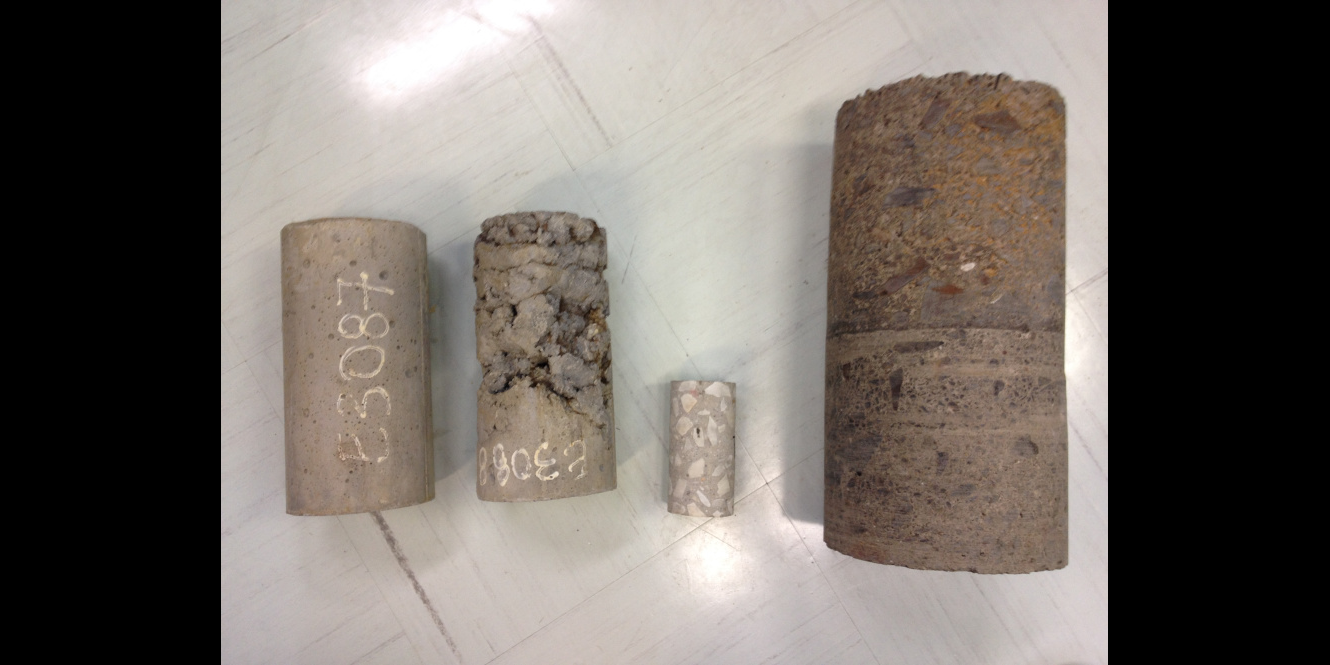
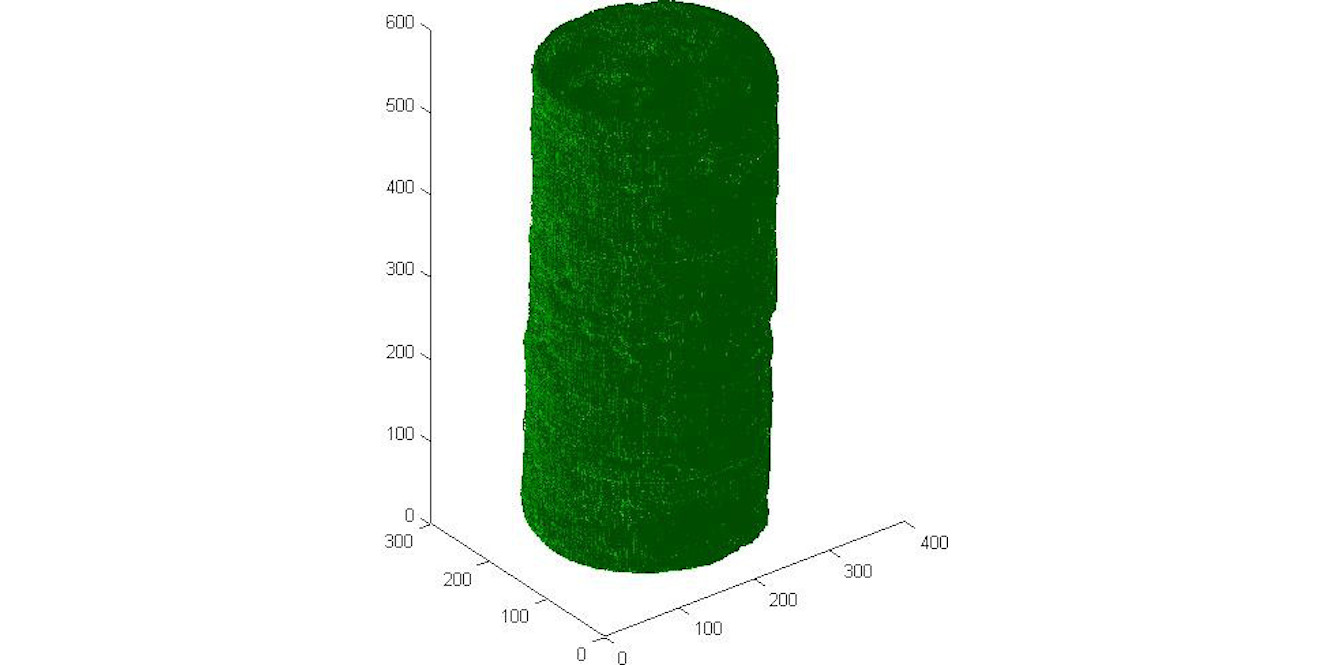
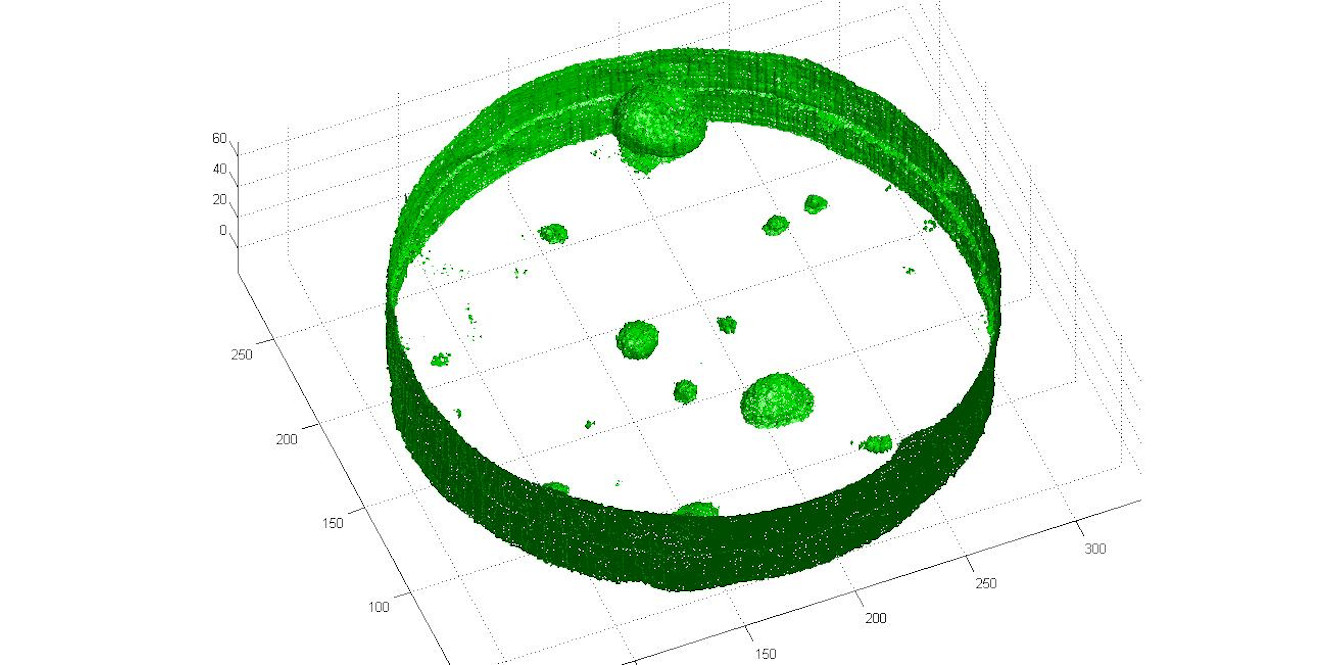
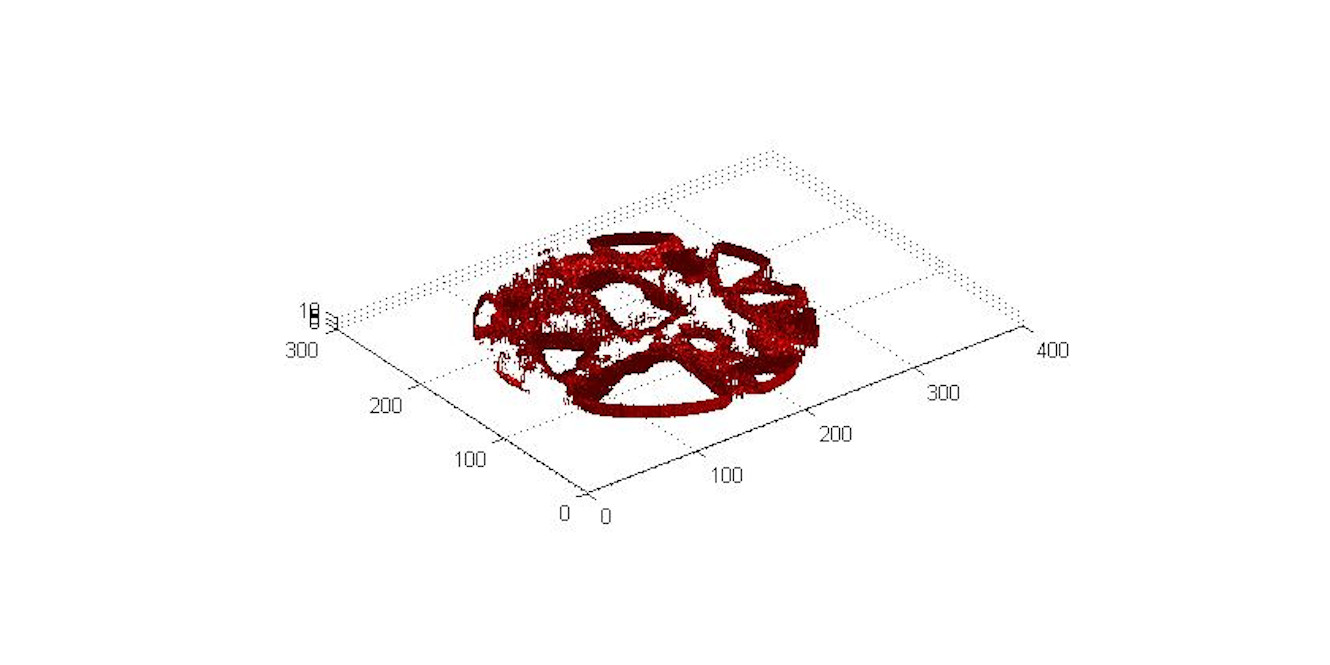
Project developed using C#, C++ and CUDA/C to create a MATLAB library.
During the development of the digital concrete tomography project, it became clear that it was not possible at the time to create a high fidelity virtual model that could be used in calculations and simulations.
In order to allow for the creation of such digital models, the CPU/GPU speed and memory requirements had to be optimized in order to lower enough the processing time to make the tests viable.
The product of this implementation effort was a C# wrapper for a CUDA/C library to be used in the MATLAB suite as a dynamic library and that decreased the processing time from 12.5 hours to 30 seconds.